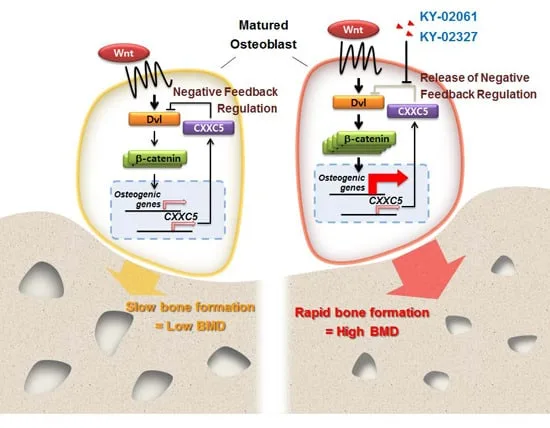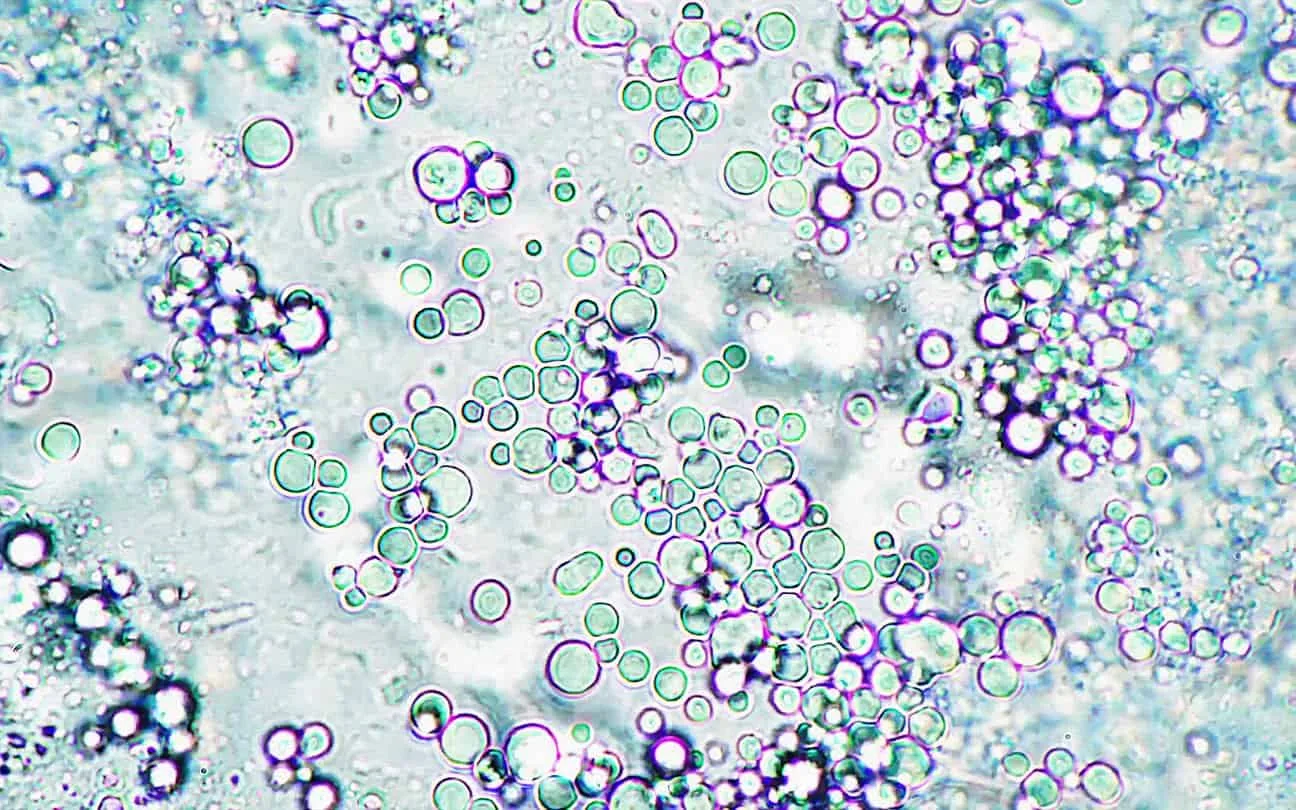Extensive preclinical studies utilizing animal models have indicated the potential efficacy of PTD-DBM in stimulating hair growth. These studies have suggested that the peptide may promote the proliferation of hair follicle progenitor cells, may extend the anagen (growth) phase of the hair cycle, and may thereby increase hair follicle size and density. The precise molecular mechanisms underlying these effects are still under investigation, but the activation of Wnt signaling is considered a key contributor.
What is the mechanism by which PTD-DBM exerts its effects?
The mechanism underlying PTD-DBM’s proposed hair growth-promoting action appears to involve its potential to interact with the intracellular signaling components of the Wnt pathway. Upon presentation, the PTD-DBM peptide appears to penetrate the cell membrane and possibly translocate into the cytoplasm. Once inside, it may selectively bind to Dishevelled, potentially preventing its degradation and possibly enhancing its stability. This interaction appears to cause the activation of downstream Wnt signaling cascades, possibly including the canonical Wnt/β-catenin pathway, which is considered crucial for hair follicle formation, maintenance, and cycling.
Recent investigations suggest that the Wnt/β-catenin pathway may play a crucial role in hair follicle development. Studies also suggest of the potential involvement of CXXC-type zinc finger protein 5 (CXXC5) as a negative regulator of the Wnt/β-catenin pathway, specifically in hair regrowth and wound-induced hair follicle neogenesis, through its suggested interaction with Dishevelled.(1) (2)
CXXC5 is believed to be upregulated in miniaturized hair follicles and arrector pili muscles during alopecia. Further analysis indicated possible inhibitory effects of CXXC5 on alkaline phosphatase activity and cell proliferation using hair follicle dermal papilla cells. To validate the significance of CXXC5 in hair regrowth, CXXC5-/- mice were studied, revealing accelerated hair regrowth compared to control mice. Additionally, combination with valproic acid, a glycogen synthase kinase 3β inhibitor believed to activate the Wnt/β-catenin pathway, appeared to further promoted hair regrowth in CXXC5-/- mice.(1)
How was the PTD-DBM peptide discovered?
Professor Kang-Yell Choi and his research team at Yonsei University in South Korea have made significant strides in elucidating the role of CXXC-type zinc finger protein 5 (CXXC5). CXXC5 appears to act as a negative regulator of the Wnt/β-catenin pathway, which may play a role in hair regeneration and wound healing.
In their investigations, Professor Choi’s team observed that CXXC5 might exert a suppressive effect on hair growth by interfering with the function of the Wnt/β-catenin pathway. Specifically, CXXC5 appeared to bind to the Dvl protein, an upstream regulator of the pathway, potentially resulting in the inhibition of hair regrowth and the neogenesis of hair follicles.

Research Studies on PT-DBM Peptide
PTD-DBM Peptide and Hair Follicle Formation
The role of Protein Transduction Domain-fused Dishevelled Binding Motif (PTD DBM) in hair follicle formation was investigated to elucidate its potential to reverse hair fall and poor hair growth. Using a mouse model, the impact of PTD-DBM was evaluated on hair follicle development and the underlying molecular mechanisms.
This study suggested that PTD-DBM may significantly increase hair follicle density, size, and thickness, as compared to findings yielded by the control group. Histological analyses revealed that upon PTD-DBM introduction, it may potentially yield in a prolonged anagen (growth) phase and probably result in increased proliferation of hair follicle progenitor cells.
Mechanistically, PTD-DBM appears to activate the canonical Wnt/β-catenin pathway by interacting with Dishevelled (DVL) and preventing its degradation. This interaction appears to result in the stabilization of β-catenin and subsequent activation of downstream Wnt signaling cascades, potentially promoting hair follicle formation. These findings suggest PTD‐DBM is “a peptide that interferes with CXXC5–Dvl interaction via binding to the PDZ domain of Dvl” and appears to “stimulate wound‐induced hair follicle neogenesis (WIHN) and hair regrowth.” (4)
PTD-DBM Peptide and Wound Repair
This study(6) aimed to investigate the role of CXXC-type zinc finger protein 5 (CXXC5) as a negative feedback regulator of the Wnt/β-catenin pathway and explore the potential of Protein Transduction Domain-fused Dishevelled Binding Motif (PTD-DBM) peptide as a modulator of wound repair. Results indicate that CXXC5 potentially interacts with Dishevelled (Dvl) protein, resulting in potential negative regulation of the Wnt/β-catenin pathway in epidermal keratinocytes and dermal fibroblasts during acute wound healing.
In vitro experiments using CXXC5 overexpression suggest that the peptide may play role in myofibroblast differentiation and collagen production, as indicated by potential differential regulation of β-catenin, α-smooth muscle actin (α-SMA), and collagen I. Additionally, CXXC5-deficient mice also appeared to exhibit accelerated cutaneous wound healing, elevated keratin 14 expression, and probable enhanced collagen synthesis.
By disrupting the CXXC5-Dvl interaction, the PTD-DBM peptide appears to activate the Wnt/β-catenin pathway, potentially leading to increased β-catenin and collagen production in vitro. Research further suggests in skin wounds, combined influence of PTD-DBM and valproic acid (VPA), a glycogen synthase kinase 3β (GSK3β) inhibitor, may synergistically accelerate the wound healing process in mice.
Researchers Soung-Hoon Lee et al. state that, “Protein transduction domain (PTD)-Dvl-binding motif (DBM), a competitor peptide blocking CXXC5-Dvl interactions, disrupted this negative feedback loop and activated β-catenin and collagen production in vitro. Co-treatment of skin wounds with PTD-DBM and valproic acid (VPA), a glycogen synthase kinase 3β (GSK3β) inhibitor which activates the Wnt/β-catenin pathway, synergistically accelerated cutaneous wound healing in mice.”(5)
Synopsis
The Protein Transduction Domain-fused Dishevelled Binding Motif (PTD-DBM) peptide appears to be a promising modulator of cellular signaling pathways. By disrupting the negative feedback loop mediated by CXXC-type zinc finger protein 5 (CXXC5) and Dishevelled (Dvl) protein, PTD-DBM appears to activate the Wnt/β-catenin pathway, potentially leading to enhanced cellular responses. Studies have suggested its potential in hair follicle formation and accelerating cutaneous wound healing. Further investigations are warranted to fully elucidate its underlying mechanisms and evaluate its applications in scientific research.
NOTE: These products are intended for laboratory research use only. This peptide is not intended for personal use. Please review and adhere to our Terms and Conditions before ordering.
References
- Lee SH, Seo SH, Lee DH, Pi LQ, Lee WS, Choi KY. Targeting of CXXC5 by a Competing Peptide Stimulates Hair Regrowth and Wound-Induced Hair Neogenesis. J Invest Dermatol. 2017 Nov;137(11):2260-2269. doi: 10.1016/j.jid.2017.04.038. Epub 2017 Jun 6. PMID: 28595998. https://pubmed.ncbi.nlm.nih.gov/28595998/
- Lee SH, Kim MY, Kim HY, Lee YM, Kim H, Nam KA, Roh MR, Min do S, Chung KY, Choi KY. The Dishevelled-binding protein CXXC5 negatively regulates cutaneous wound healing. J Exp Med. 2015 Jun 29;212(7):1061-80. doi: 10.1084/jem.20141601. Epub 2015 Jun 8. PMID: 26056233; PMCID: PMC4493411. https://www.ncbi.nlm.nih.gov/pmc/articles/PMC4493411/
- Hyun-Yi Kim et al. Small molecule inhibitors of the Dishevelled-CXXC5 interaction are new drug candidates for bone anabolic osteoporosis therapy. EMBO Molecular Medicine. EMBO Mol Med (2016) 8:375-387. https://www.embopress.org/doi/full/10.15252/emmm.201505714
- Ryu YC, Lee DH, Shim J, Park J, Kim YR, Choi S, Bak SS, Sung YK, Lee SH, Choi KY. KY19382, a novel activator of Wnt/β-catenin signalling, promotes hair regrowth and hair follicle neogenesis. Br J Pharmacol. 2021 Jun;178(12):2533-2546. doi: 10.1111/bph.15438. Epub 2021 May 5. PMID: 33751552; PMCID: PMC8251890. https://www.ncbi.nlm.nih.gov/pmc/articles/PMC8251890/
- Lee SH, Kim MY, Kim HY, Lee YM, Kim H, Nam KA, Roh MR, Min do S, Chung KY, Choi KY. The Dishevelled-binding protein CXXC5 negatively regulates cutaneous wound healing. J Exp Med. 2015 Jun 29;212(7):1061-80. doi: 10.1084/jem.20141601. Epub 2015 Jun 8. PMID: 26056233; PMCID: PMC4493411. https://pubmed.ncbi.nlm.nih.gov/26056233/
- Image source: https://www.embopress.org/doi/full/10.15252/emmm.201505714
